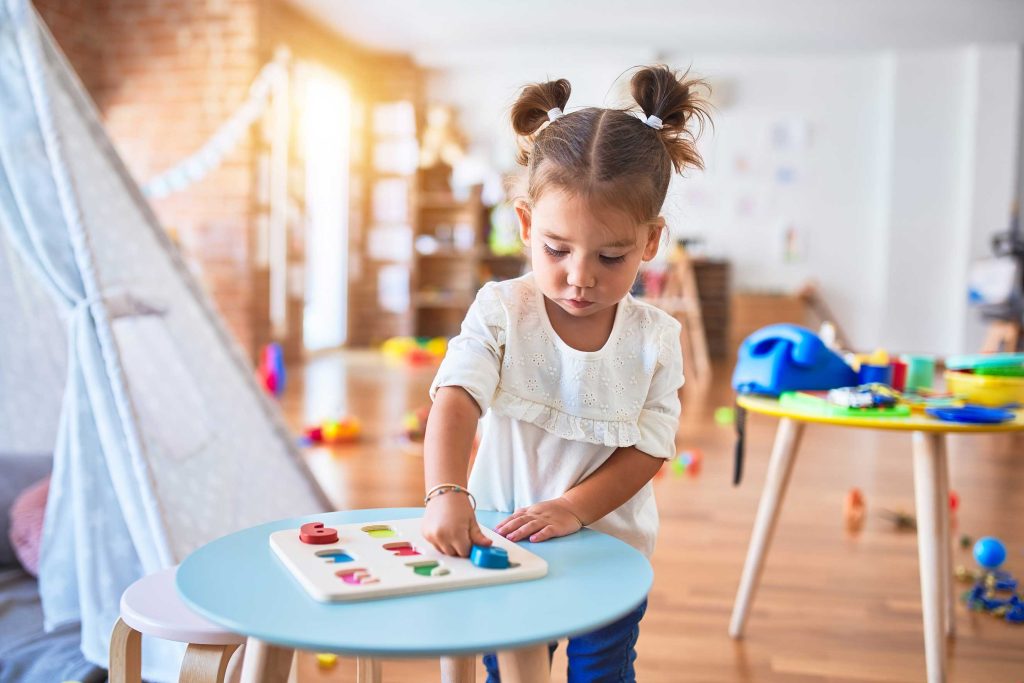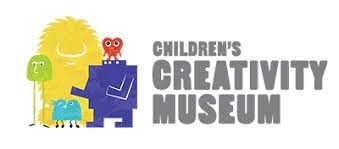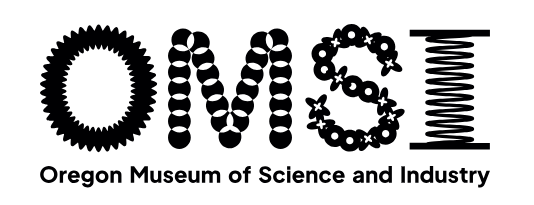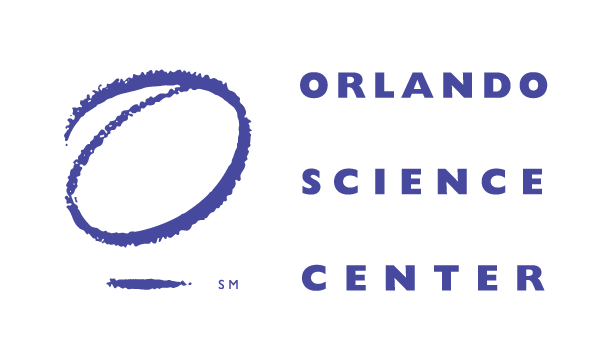
We have all seen an adult leading their child’s experience through children’s museums–directing them at each exhibit then moving on before the child has the chance to explore. But what if the exhibit is designed for the adult to engage on a different aesthetic level, supplementary to the child-directed play? When done successfully, adult exhibit engagement frees the child to explore the space on their own while joyful adults are nearby for support. From artistic flourishes to thoughtful seating arrangements, an engaged adult experience can generate longer dwell times and increased observable behaviors related to play-based learning.
interPLAY, which focuses on play-based STEM learning, is informed by research and shows that guided play provides rich engagement with STEM phenomena and practices. The design of exhibits supported a nuance of guided play from low structure play utilizing loose parts or objects to game or ludic play with increasing structure with rules, and convergent outcomes.



The constructs that define the range of play-based STEM learning include the design of the play and embedded approach to STEM phenomenon, facilitation of the play-based STEM engagement, and the design elements influential of the play-based STEM engagement.
The observational tool was developed for museum professionals to review new and existing exhibits while considering the framework constructs.
The Reflection Guide is designed to support you and your team after using the observation tool to guide a reflective discussion on the observed play-based STEM experiences at a specific exhibit for young children ages 3-8 years old.
The outcome of interPLAY is a developed framework for classifying STEM exhibits based on observations, practitioner focus groups, and literature as follows:
Design
Intentional design where observing or experiencing STEM phenomena is embedded in the design of the play.
Facilitation
There are facilitators of play-based STEM engagement–acknowledging a spectrum of facilitation for play-based STEM learning that is not evaluative, but provides a way to reflect on what is happening at an exhibit.
Practices
STEM practices that happen during guided play are supported by children’s intrinsic motivation.
The following resources are available to support museum professionals’ work
Session Resources
Slides and related materials from the InterActivity 2024 session “Designing Children’s Exhibits to Support Family Engagement”
Article
Striking a Playful Balance: Understanding How Exhibits Can Afford Play-Based STEM Engagement for Young Learners
(Note: Observational Tool has been updated since this article.)
Blog Post
“Integrating play-based learning and STEM practices” – Afterschool Alliance Blog, Afterschool Snack, July 18, 2024
Over the course of three years, the project team has collected data from a literature review, practitioner focus groups, and extensive site observations at 11 museums across the U.S. to understand how STEM content is presented in exhibits targeting children ages three to eight years old and how the presentation of this content impacts the playful learning approaches by children visiting these exhibits.












interPLAY is a partnership between ACM and Oregon State University
STEM Research Center to explore the intersection of play and STEM for young learners at STEM exhibits in children’s museums and science centers.

interPLAY is a funded project by the U.S. National Science Foundation (NSF).